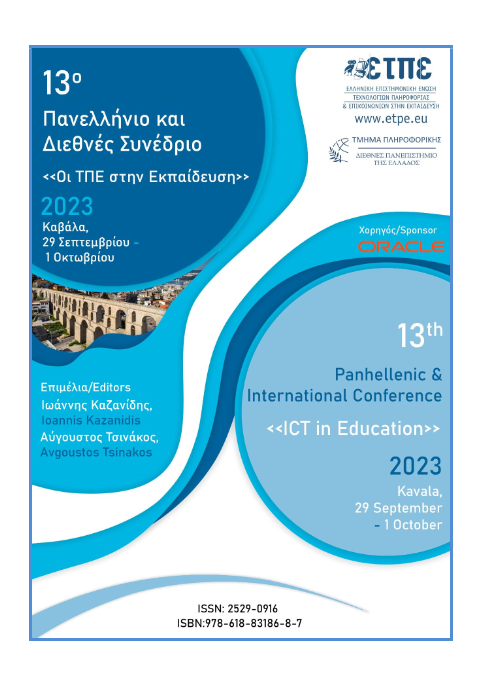Educational Robotics along with Arts join forces to cultivate Computational Thinking

Περίληψη
The COVID-19 pandemic opened up opportunities for a digital transformation in Educational Robotics
(ER) towards applying innovative approaches including the use of simulators. The Erasmus+ “FERTILE”
project, a partnership of five European universities, further addresses the potential of ER and Arts joining
forces towards cultivating Computational Thinking (CT). Following a Design-Based Research (DBR)
approach, we initiated our efforts by investigating educators’ experiences and views on their challenges
and the support they need to evolve their practices towards an interdisciplinary approach combining
Robotics and Arts in a blended learning context. This paper presents the study conducted to gather
insights from various European educators across different educational levels. The findings about
educators' design ideas for interdisciplinary activities included several art forms and methods for
interweaving Robotics with Arts. The main challenges reported were (i) interdisciplinary collaboration,
(ii) curriculum lacking an interdisciplinary approach, and (iii) designing learning experiences. Notably,
educators’ current practices of cultivating their students' CT skills involved an underlying inexperience
in conceptualising CT and approaching it merely as problem-solving. Lastly, the support the educators
required around (i) educational context, (ii) learning content, and (iii) design issues; highlighted the need
for a robust design methodology, a community platform and effective training.
Λεπτομέρειες άρθρου
- Πώς να δημιουργήσετε Αναφορές
-
Papanikolaou, K., Tzelepi, M., Zalavra, E., Pappa, N., Sgouropoulou, C., Cañas, P. J. M., García, P. L., Roldán, Álvarez D., Kubincová, Z., Miková, K., Jakub, K., Vaňková, P., & Jeřábek, T. (2024). Educational Robotics along with Arts join forces to cultivate Computational Thinking. Συνέδρια της Ελληνικής Επιστημονικής Ένωσης Τεχνολογιών Πληροφορίας & Επικοινωνιών στην Εκπαίδευση, 1, 450–457. ανακτήθηκε από https://eproceedings.epublishing.ekt.gr/index.php/cetpe/article/view/7316
- Ενότητα
- Articles


